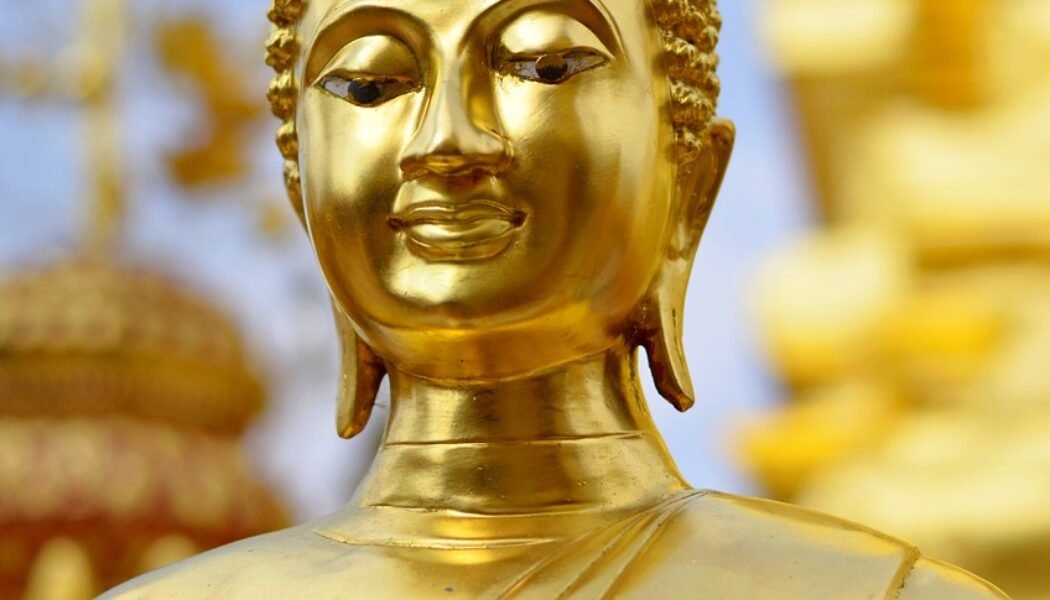Art
The Spiritual Legacy of Frida Kahlo Still Resonates Worldwide
Frida Kahlo, despite her lack of religious affiliation, intricately weaved religious symbols into her artistic creations until her passing on July 13, 1954. Renowned art researcher and curator Ximena Jordán highlighted Kahlo’s self-portraits as powerful representations of individual strength and the innate ability to harness life’s gifts. Born in Mexico City in 1907, Kahlo drew inspiration from her life’s trials and tribulations, including a devastating bus accident in 1925 and her tumultuous relationship with renowned Mexican artist Diego Rivera. These personal experiences served as the artistic fuel that forged a profound connection between Kahlo’s paintings and her global fan base, even on the 70th anniversary of her death. Jordán delves into the essence of Kahlo...
The Divine in Sight: How Sacred Images in Asia Come Alive
Walking into a restaurant in Knoxville, Tennessee, I was immediately greeted by the serene gaze of a golden Buddha statue. Its gemstone eyes sparkled as I passed, and though the scents of Thai curries filled the air, I found myself lingering on those eyes, their glint suggesting more than just a decorative presence. Sacred objects are everywhere—gracing museum galleries, adorning homes, or even standing in yards. Some shine with bejeweled splendor, while others carry the patina of generations of devotion. Often, it feels as if these sacred images are looking back at us. The ways in which sacred objects convey divine presence in many Asian cultures offer a fascinating glimpse into how the material world intersects with the spiritual. My research focuses on this intersection, exploring how s...




